UB Consulting Blog
Whitepapers
Distribution Chain Charts
About Urner Barry Consulting
Urner Barry Consulting provides tailored solutions to identify growth opportunities within the fast-paced protein commodity sectors. Combining the expertise of our analytical team, our warehouse of proprietary and trusted data, and unparalleled insight into market forecasting, UBC will not only pinpoint developing global trends but assist you in knowing exactly when and how to adopt them to maximize your return.
The market perspective offered by our economists and data scientists is one-of-a-kind given Urner Barry’s longevity and standing as one of the leading intelligence providers. Customers gain a meaningful understanding of the factors, strategies, and outlooks on specific datasets that impact their business now and in the future. With access to worldwide correspondents, UBC has a pulse on the ground at all times within our global network.
Our hand picked team of analytical experts partner with clients and equip them with the tools necessary to innovate their brand and successfully act on the global trends of the protein marketplace. Our experts will review your vision and foreseeable challenges, take a look at emerging trends within that commodity space, hone in on your target market, discover potential growth opportunities, and utilize our data warehouse to supplement the solutions we uncover.


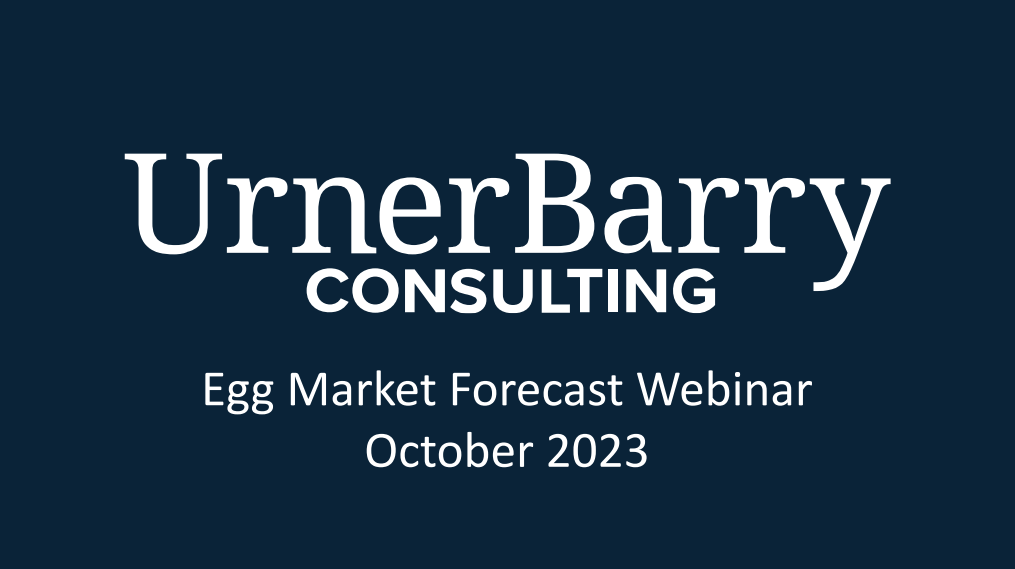
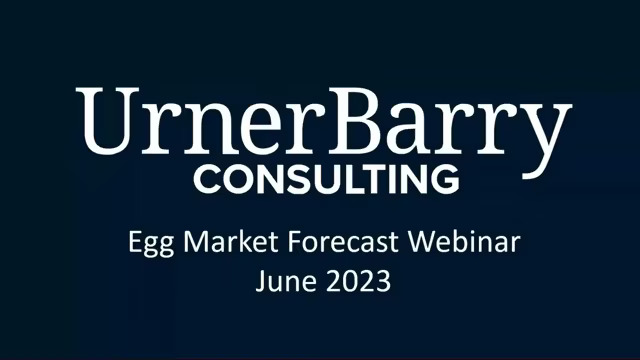
_1.png)
.png)
_1.png)
.png)
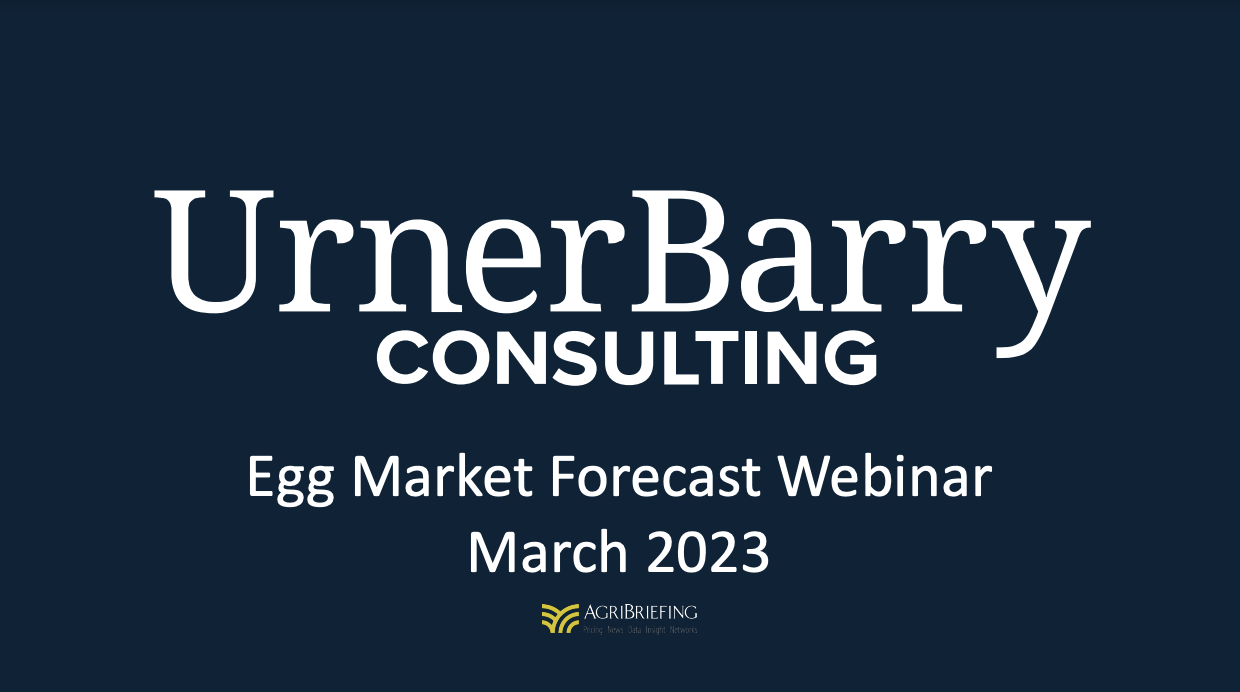
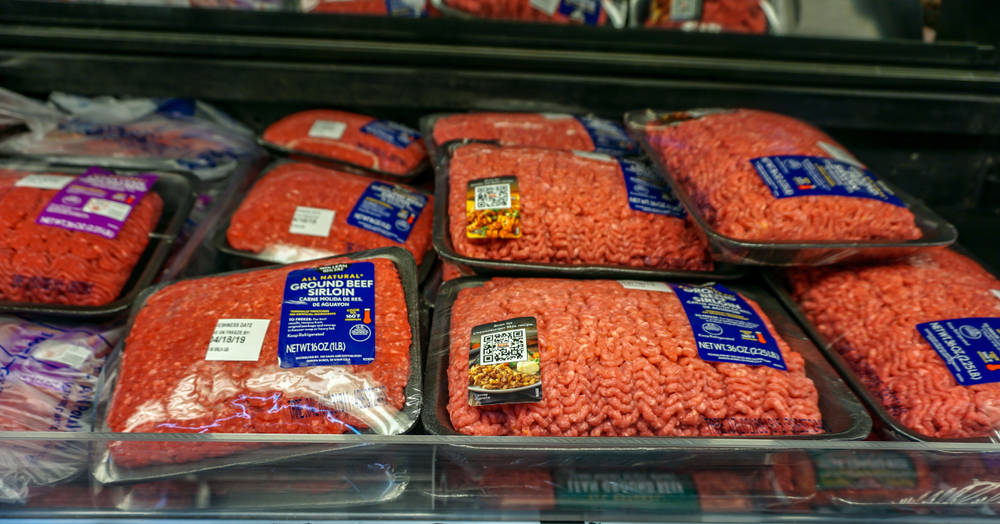
_1.jpg)
_2.png)
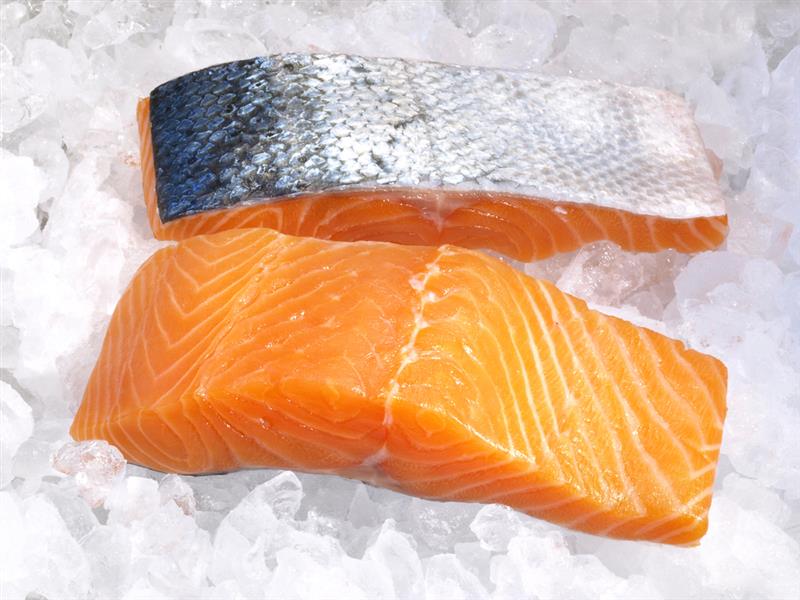
_1.png)
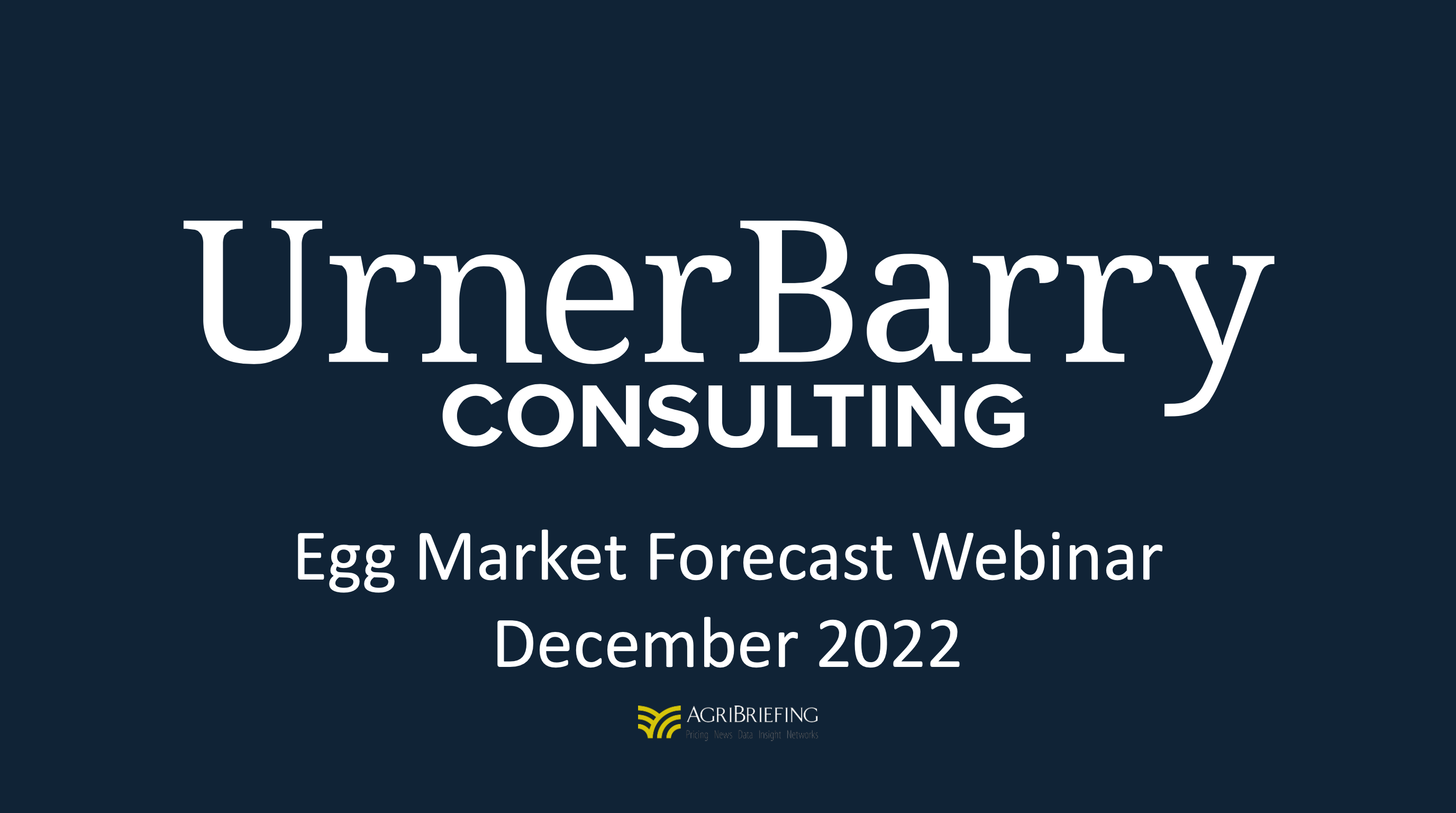
_1.png)
.png)
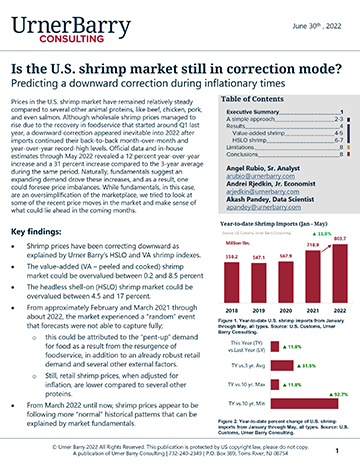
.png)
_1.png)

_4.png)



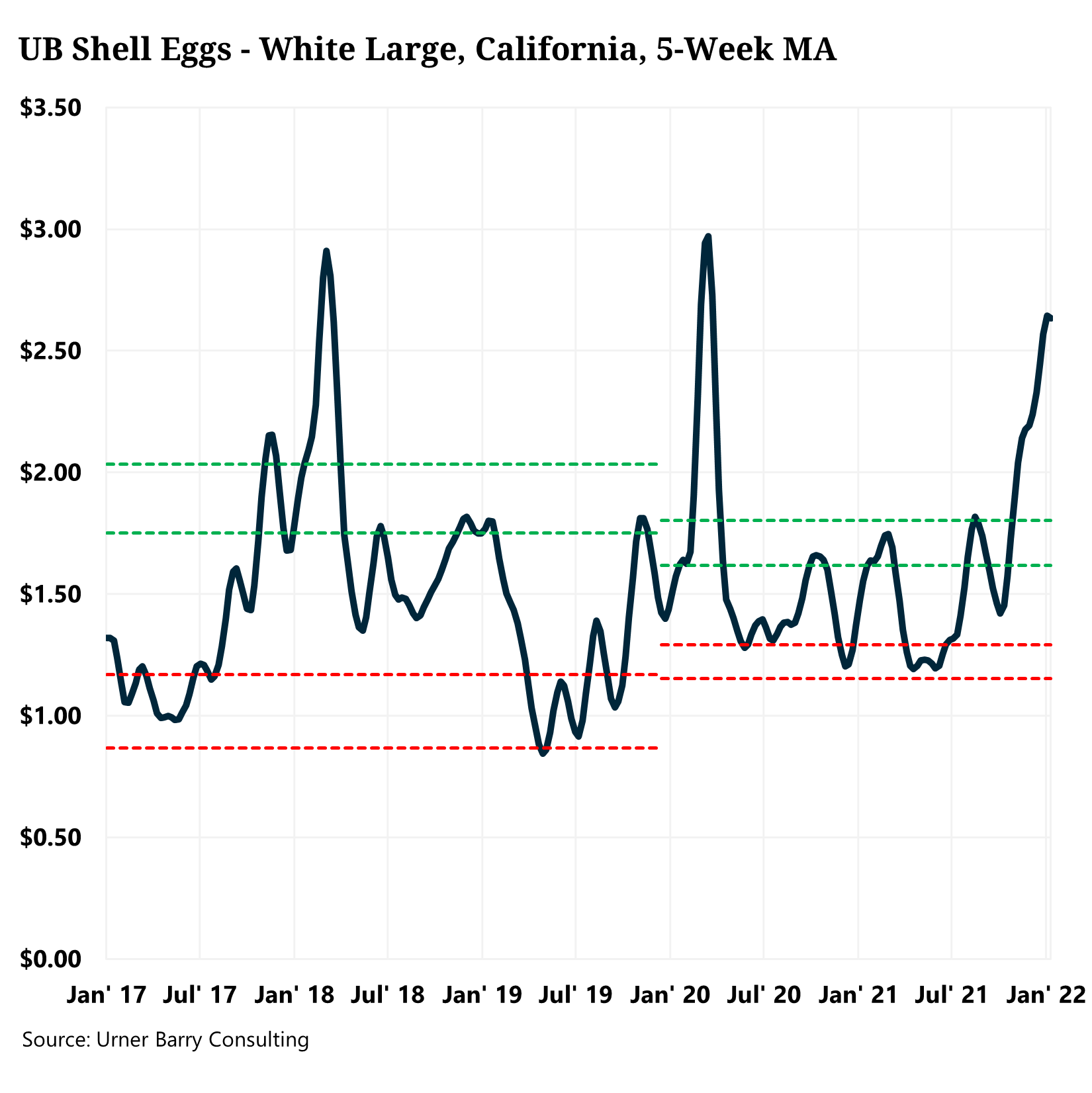
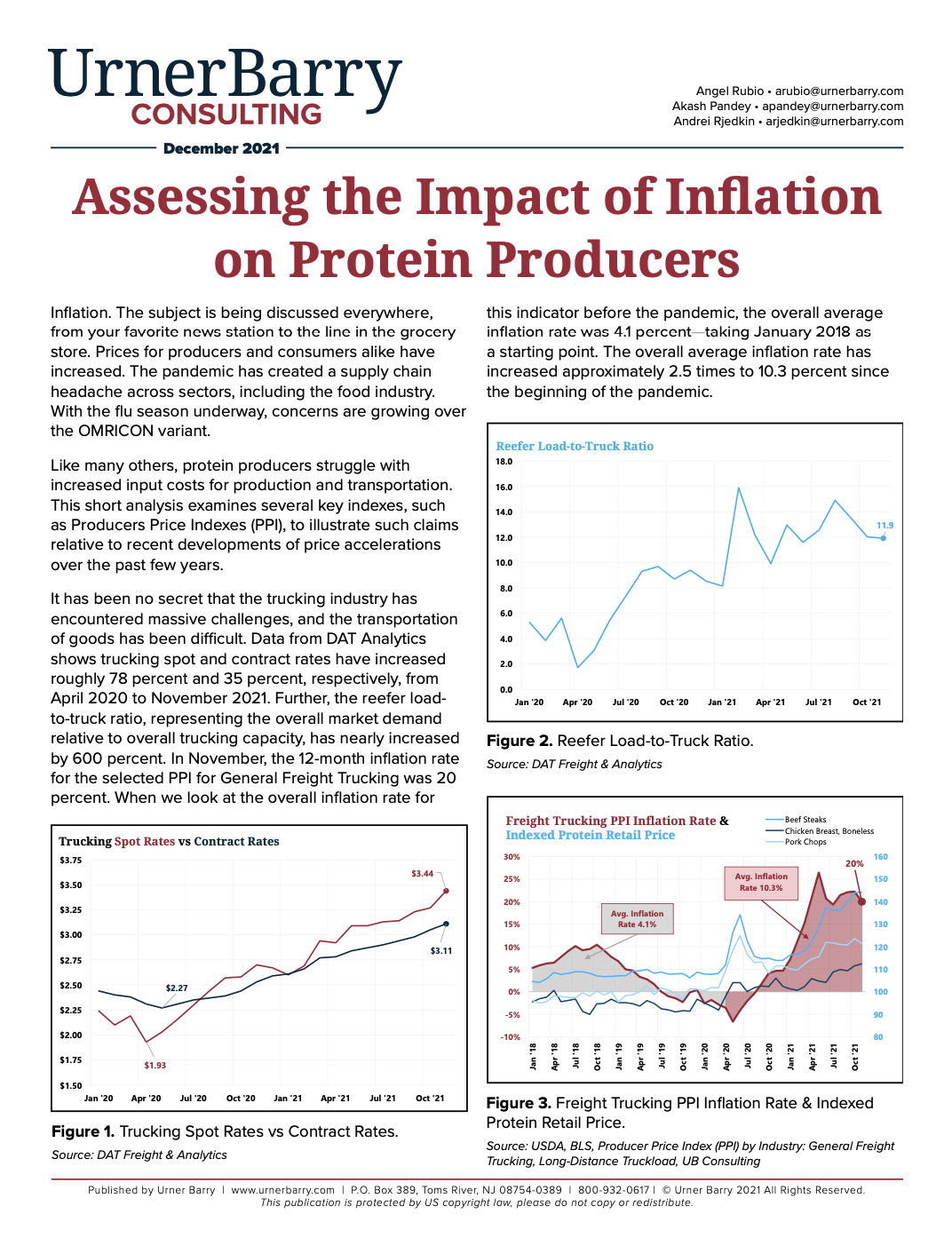

_1.png)
_3.png)